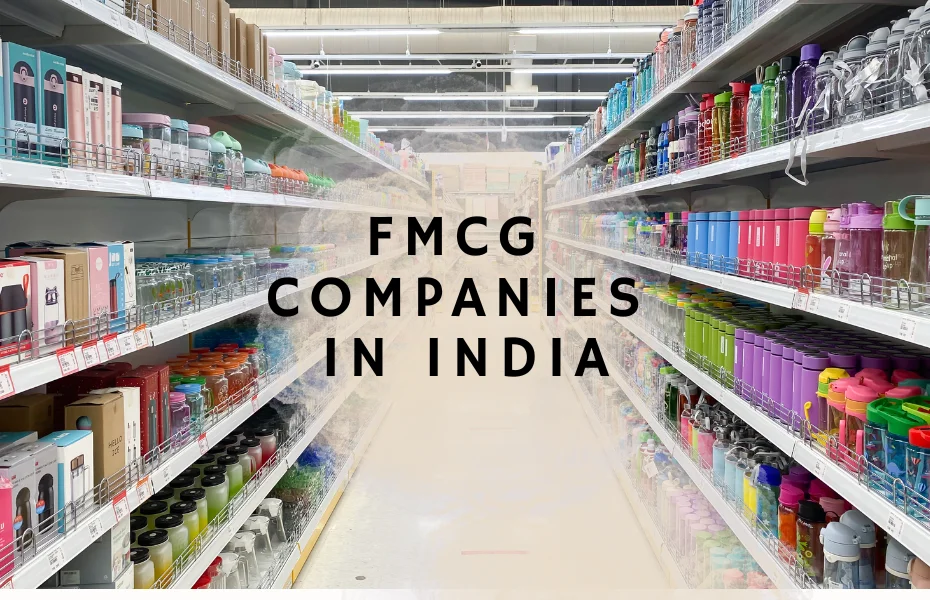 Image Source: Our Startup India
Image Source: Our Startup India
India has become a performance standout for multinational consumer goods players (MNCs), beating world trends and yielding higher returns-despite urban demand receiving short-term blows. With an increasingly large middle class, growth in disposable incomes, and digitalization, India is today a key market for global leaders such as Unilever, Procter & Gamble, PepsiCo, and L'Oréal, who attribute the country as a key driver of their emerging market performance.
Brief Introduction
In spite of economic instability at the world level and some weakness in urban demand because of inflation and stagnation of wages, India is the sole standout opportunity for consumer goods MNCs. The nation's strong fundamentals, digitalization, and changing consumer patterns are making it possible for international brands to deliver disproportionate growth and shareholder returns relative to their operations at the world level.
India's Disproportionate Contribution to Global Growth
India's volume contribution to world volume growth in consumer goods surpasses its volume growth by 2–8 times in various categories over the last five years.
For instance, although India represented 5% of global consumer appliance volumes in 2024, it had delivered 44% of global incremental volume growth between the years 2019 and 2024 in the category.
The nation is the third-largest driver of consumer products growth in emerging markets and has substantial room to grow further.
Much Better Returns for India-Based MNCs
-
Indian operations of international consumer goods multinationals are producing 2–6 times the total shareholder returns of their parents.
-
19 out of 30 of the top MNCs with a presence in India experienced growth higher than the industry average between the years 2018 and 2023.
-
Firms already established in India are enjoying faster growth and the chance to influence products of global significance.
Growth Drivers: Demographics, Income, and Digital Adoption
-
India will experience the largest growth in working-age population in the world, adding more than 100 million people between 2024 and 2030.
-
Actual per capita disposable income has expanded at a 6% CAGR over the last three years and is expected to have the fastest growth rate of the top five emerging markets during the next five years.
-
Sustained digital adoption, broad smartphone and internet penetration, and the emergence of digital payments have allowed businesses to engage India's heterogeneous population more efficiently.
Market Evolution: Challenge to Opportunity
-
Historically perceived as a challenging market owing to intricate regulations and dispersed trade, India has turned out to be more accessible based on digital infrastructure and changing retail channels.
-
E-commerce and fast commerce are expanding 2–3 times value growth than conventional and modern trade channels, diminishing the demand for wide-ranging physical distribution networks.
-
MNCs have emerged leaders in more than 20 consumer product categories such as beverages, snacks, detergents, and personal care products.
Strategic Playbook: The LEAP Framework
Bain & Company's LEAP approach directs MNCs to:
Lead in Core: Develop healthy, high-growing core businesses and build category leadership.
Expand Portfolio: Meet both premium and mass-market demand, bringing the global best to India.
Adapt the 4Ps: Modify product, price, place, and promotion for India's pluralistic consumer and local subtleties.
Perform at Peak: Invest in domestic talent, digital infrastructure, and long-term brand equity for repeated returns.
Opportunities and Risks Ahead
-
India's consumer market is changing fast, and MNCs need to implement India-specific strategies instead of copying playbooks from other emerging markets.
-
While 19 MNCs are ahead of the pack, 21 are under-leveraged, with India's contribution to their global revenues trailing its share of global GDP.
-
Those that are not yet in India risk losing out on a key growth driver and long-term strategic benefit.
India's evolution from a difficult market to a growth engine is reshaping global approaches to consumer goods MNCs. Those that evolve rapidly and invest in local capabilities are set to capture outsized benefits in the world's most dynamic consumer market.
Sources: Economic Times, Bain & Company, Business Standard, McKinsey & Company
Advertisement
Advertisement




